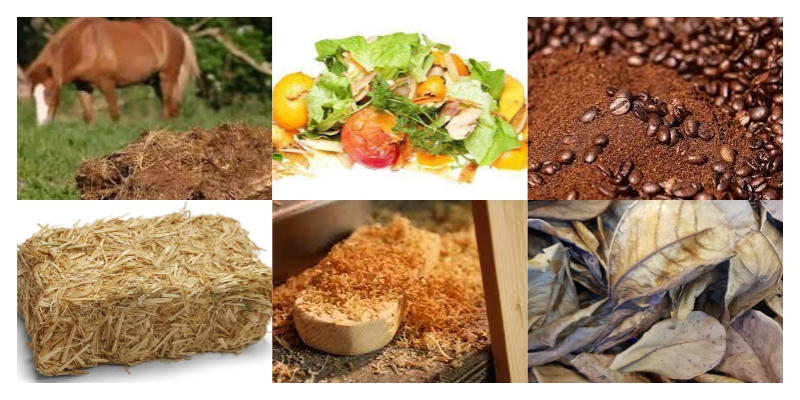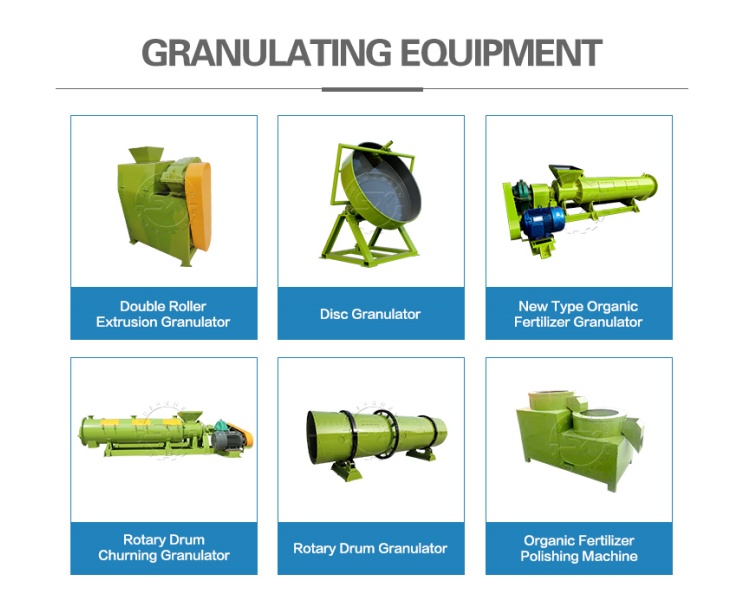Carbon-based fertilizer production from chicken manure attracts increasing attention in recent years. Chicken manure contains abundant organic matter and nutrients, but it usually exists in a loose and powdery form that creates issues in storage, transportation, and application. The process of carbon-based fertilizer manufacturing transforms raw bird dung into stable, uniform, and value-added fertilizer granules. Granulating equipment plays a decisive role because it shapes powdered materials into particles with controlled size and improved quality. Understanding how raw material preparation, key machines, and granulation procedures connect provides a clear view of the whole production chain.
What Raw Materials Can Be Prepared for Carbon-Based Fertilizer Production from Chicken Manure?
Carbon-based fertilizer manufacturing does not rely on chicken manure alone. Proper raw material combinations enhance the nutrient balance and carbon content. Chicken dung or bird manure supplies nitrogen, phosphorus, and potassium. Crop straw, sawdust, rice husk, and other plant residues provide additional carbon-rich biomass. Some producers also add charcoal powder, biochar, or powdered agricultural waste to increase the stability of the carbon fertilizer.
During preparation, a crushing machine such as a carbon fertilizer grinder converts bulky plant residues into fine powder. This powdery texture supports better mixing with fermented chicken dung. Composting equipment accelerates the decomposition process and reduces harmful pathogens in raw manure. After composting, the material becomes a stable base suitable for further pelletizing and granulating. Each stage ensures that raw chicken manure and supplementary biomass can transform into a carbon-based fertilizer with consistent quality.

How Does Granulating Equipment Improve the Procedure of Carbon-Based Fertilizer Making?
Granulating equipment handles the transition from loose powder to solid particles. Without granulation, chicken dung powder remains dusty, difficult to transport, and inconvenient for field application. A granulator machine compresses, kneads, or extrudes the powder into granules or pellets with uniform shape. Disc granulators, drum granulators, flat die granulators, and double roller extrusion granulators represent common options for carbon-based fertilizer production lines.
Pelletizing machines not only increase density but also reduce moisture fluctuation and nutrient loss. For example, a new type organic fertilizer granulator can process fermented chicken dung mixed with carbonized material into round ball particles. This procedure improves physical properties, such as hardness and water resistance, which support easier storage and long-term preservation. Equipment design often includes adjustable speed, angle, or roller pressure to fit different powder compositions. As a result, producers can select machines according to chicken manure moisture level, carbon powder ratio, and required granule size.

Why Should Carbon-Based Fertilizer Manufacturing Combine Multiple Machines Alongside Granulators?
Granulator machines operate at the center of fertilizer pellet making, but other equipment supports the complete production procedure. Carbonization furnaces transform biomass into biochar, which mixes with chicken manure to form high-carbon raw material. Drying machines reduce the water content of freshly granulated particles, preventing caking and ensuring stable quality. Finally, packing machines finish the process by sealing the granules for convenient storage and distribution.
Each piece of equipment connects into a production line where chicken manure moves through crushing, composting, carbonization, granulating, drying, and packaging. The combination maintains efficiency and stability. Carbon fertilizer production procedures gain higher productivity because every step strengthens the next one. Producers who manage bird manure with such integrated machinery reduce waste, control odors, and manufacture carbon-based fertilizer with reliable performance.
Conclusion
Granulating equipment gives powdered chicken dung a usable form. The machines provide uniform granules, enhance storage stability, and improve overall product quality. Raw chicken manure, when blended with carbon-rich biomass and processed with crushing, composting, carbonization, and drying, becomes an efficient carbon-based fertilizer. Granulation stands at the core of this transformation because it changes loose powder into structured particles with practical advantages. For producers seeking professional solutions, a professional fertilizer equipment manufacturer – Yushunxin – offers reliable machinery and integrated production lines tailored to carbon-based fertilizer manufacturing from chicken manure. You can visit: https://www.charbasedfertilizermachine.com/product/chicken-dung-and-biochar-as-fertilizer/